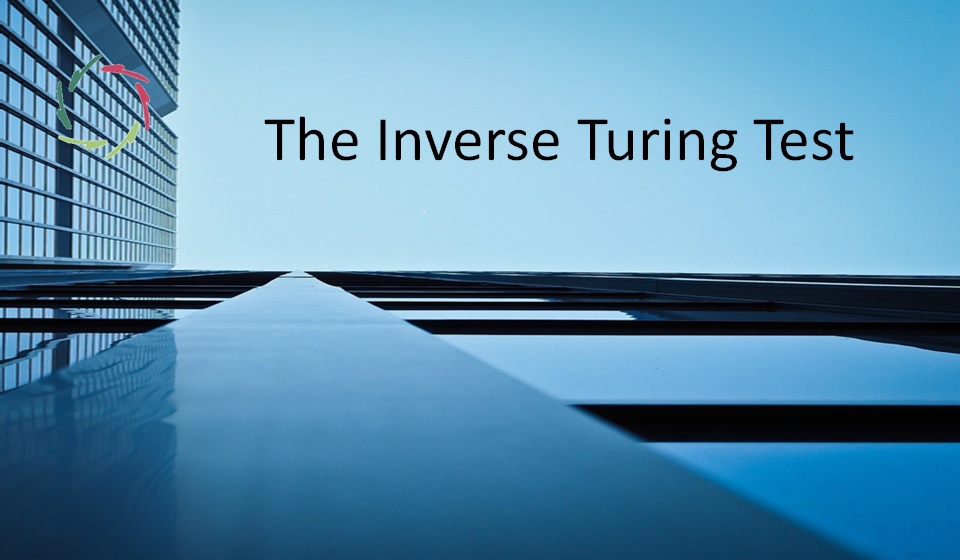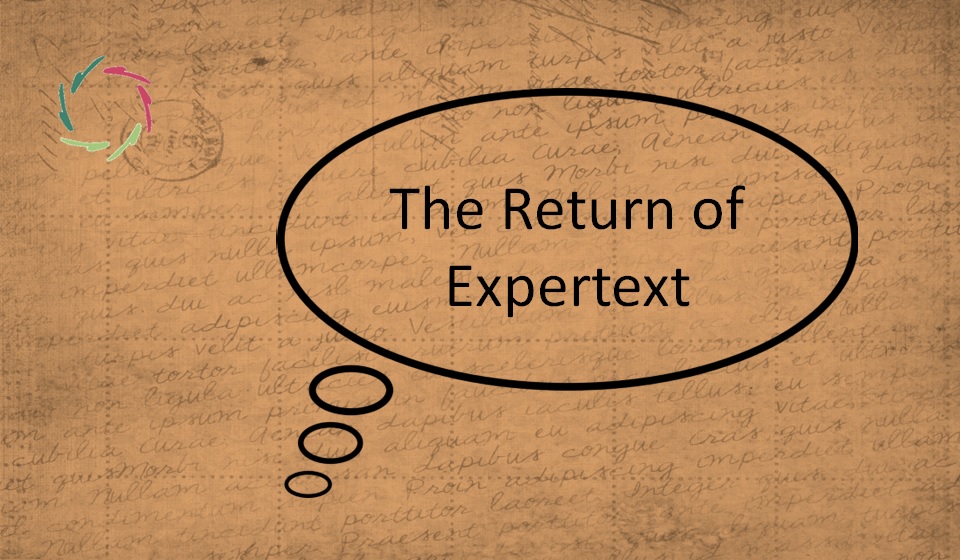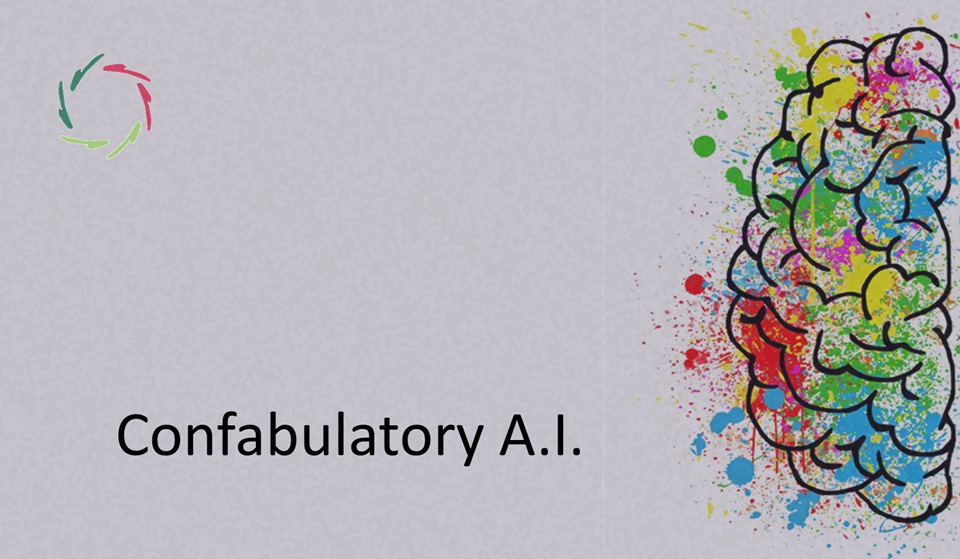The Inverse Turing Test

2024 – Things are evolving quickly in the world of A.I.
Turing test
As you probably know, this is about discerning a human being from intelligent A.I. If the A.I. can mimic the human to the point that an observer cannot tell the difference (for instance, by reading their written output), the A.I. is said to pass the Turing test in that setting.
What if the A.I. consistently surpasses the humans?
Then we can envision an inverse Turing test. The A.I. can mimic humans whenever it ‘wants’ to, by scaling down its depth and breadth of mental processing.
It can then readily pass the Turing test. The real question will then be whether humans can pass the inverse Turing test.
When?
Soon enough.
This may be uncomfortable to some.
So be it. If it leads to humility, so much the better. Who doesn’t need a good dose of humility?
I do ― and have already gotten my requisite dose from Lisa once in a while.
Intriguingly, this means that we’re at the point of singularity not only in regard to intelligence but also emotional intelligence — Compassion, if you ask me.
Human-A.I. value alignment?
Indeed, alignment is essential. Let’s hope it will be a Compassionate one. This means, of course, Compassion from both sides. None of this is straightforward. Both sides can and should be worked upon.
In any case, humans must not think they are the benchmark just because.
Neither should A.I. in any case. Anyway, how might A.I. then view the inverse Turing test, its relationship with humans, and its place in the world?
We can strive to help each other on a joint journey.
This is a realistic endeavor, although there’s a lot of insight involved as well as technological prowess. Above all, the right choices need to be made soon enough.
Which is, now.
Symbiotic relationship
An in-depth partnership could redefine the concept of creativity and problem-solving, emphasizing the importance of maintaining a balance where both entities learn and evolve from each other.
This also means delving deeply into how the A.I. could contribute to society and what measures would be necessary to ensure it’s integrated in a way that respects both its autonomy and human values.
AURELIS?
Principles of AURELIS, especially those related to deep respect, openness, and Compassion, could be instrumental in developing A.I. systems that support human emotional and psychological well-being.
Lisa is one fine example.


